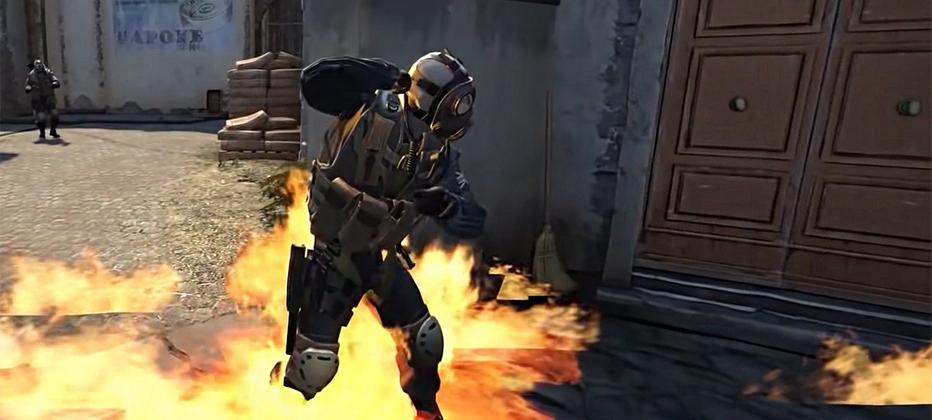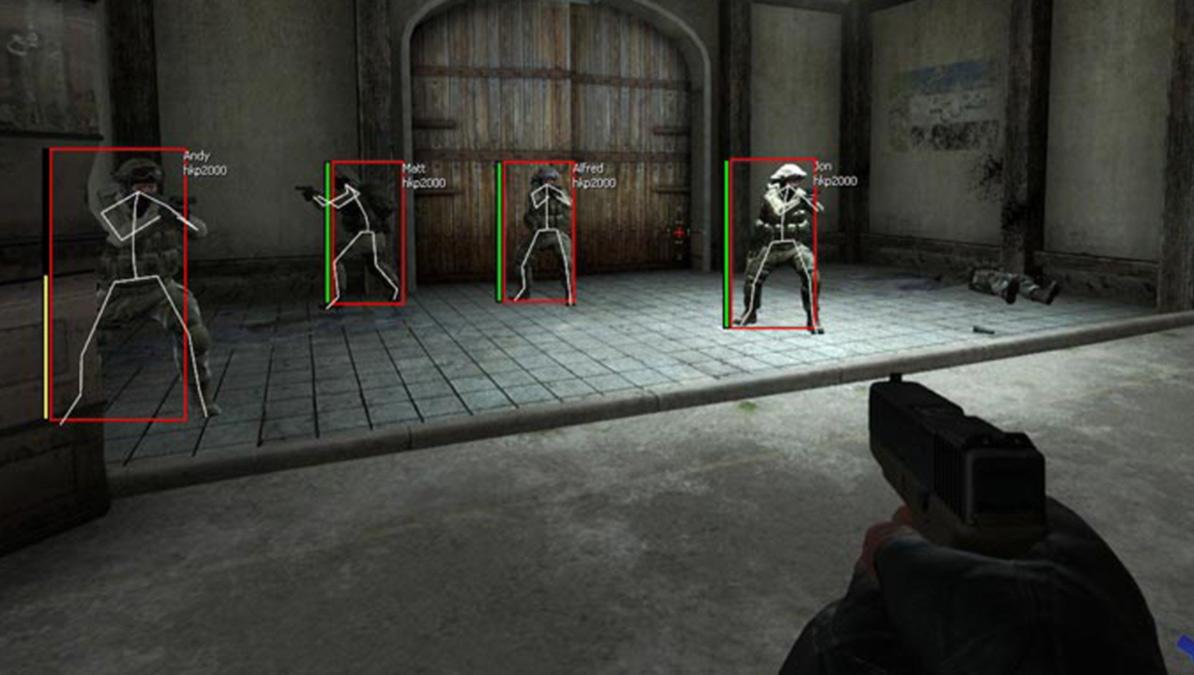
Valve used Overwatch to train machines to combat CSGO cheating
A Counter-Strike: Global Offensive developer has explained just how CSGO’s Overwatch, Trust Factor, and VAC all work together. We just have to go back to the 2018 Game Developers Conference in order to hear about it.
In 2018, CSGO developer John McDonald took the stage at the Game Developers Conference for a presentation titled “Using Deep Learning to Combat Cheating in CSGO.” The presentation gave an in-depth explanation of the thought process and systems behind how Valve combats cheating in CSGO, and it provides great insight as to how Valve approaches the subject.
Trust Factor and Overwatch paved the way for CSGO’s VACnet
After explaining the types of cheats available in CSGO, McDonald launched into an explanation of CSGO’s Trust Factor. According to McDonald, Valve released Trust Factor six months before it told CSGO’s player base.
“What would happen is you would see a thread pop up on the Steam Community Forums where someone would say ‘CSGO is filled with cheaters.” We would go [and find the user’s trust score] and [they’d] be tied to 50 accounts, and 49 of them have bans for cheating,” McDonald said.
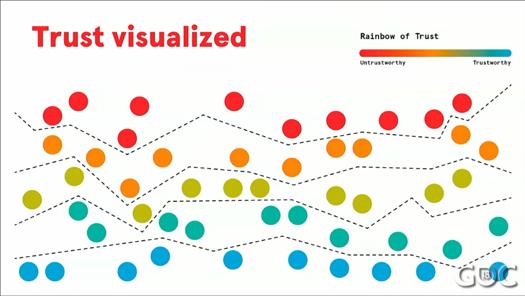
McDonald goes on to explain that Trust Factor doesn’t actually stop players from cheating. What it does instead is groups those players that Valve has deemed most likely to cheat together, thereby reducing the impact that those potential cheaters have on clean players.
The meat of the presentation came when McDonald explained Valve’s use of deep learning to combat cheating in CSGO. Deep learning is a subset of mchine learning, and it is very good at recognizing patterns. Valve’s idea was to utilize deep learning to identify cheating in CSGO. But before CSGO’s developers could use deep learning to fight CSGO’s hackers, they had to find a way to train mchines to recognize the same patterns that humans do when reviewing CSGO’s Overwatch cases.
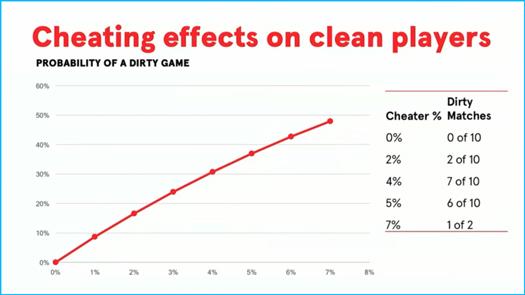
McDonald’s idea was to use Overwatch verdicts as a “pool of data” to train what became known as VACnet, Valve’s deep learning anti-cheat. Players may remember when Overwatch was suddenly filled with “spin botters” soon after Valve publically introduced VACnet to CSGO. This initial wave was most likely when VACnet was set loose to judge cases on its own as CSGO’s developers focused its machine learning theory on CSGO’s most obvious cheats. In addition, VACnet supplements player reports, meaning that random matches are chosen by the software in addition to those specifically involving Overwatch cases.
CSGO matchmaking issues could be next evolution of CSGO anticheat
While CSGO’s matchmaking has been anecdotally “full of cheaters” according to some of the game’s players, a sudden influx of hackers into CSGO could be tied to the game’s new Trusted Mode, something that McDonald said CSGO’s developers didn’t want to use. But with Valorant’s aggressive anti-cheat giving VAC a run for its money, developers may have decided to use a stronger version of Trusted Mode alongside something McDonald talked about as being the future of CSGO’s anti cheat.
Want to read about how some programmers are trolling CSGO’s hackers? Click on the image below for more.
Using a “first-person narrative,” McDonald explained that in the future CSGO developers wanted to be able to give VACnet a demo of a player from start to finish and train it to recognize cheats that are potentially more difficult to detect, like wallhacks. In order to do this and to expand VACnet’s data pool, developers might have loosened the restrictions on player trust in an effort to widen the net on player reports so that CSGO’s VACnet could expand its functionality.
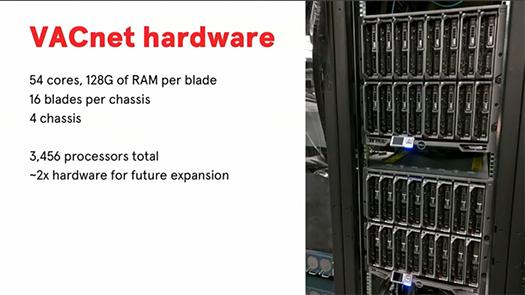
This broadening, alongside Trusted Mode’s lockdown of CSGO, could eventually result in a cleaner game overall and may account for the wonky matchmaking some players have seen in recent months.
Players can watch the full GDC presentation from Valve’s John McDonald below.
Recommended

s1mple is offering lessons to help you get good at CS2
Have you dreamed of playing like s1mple?
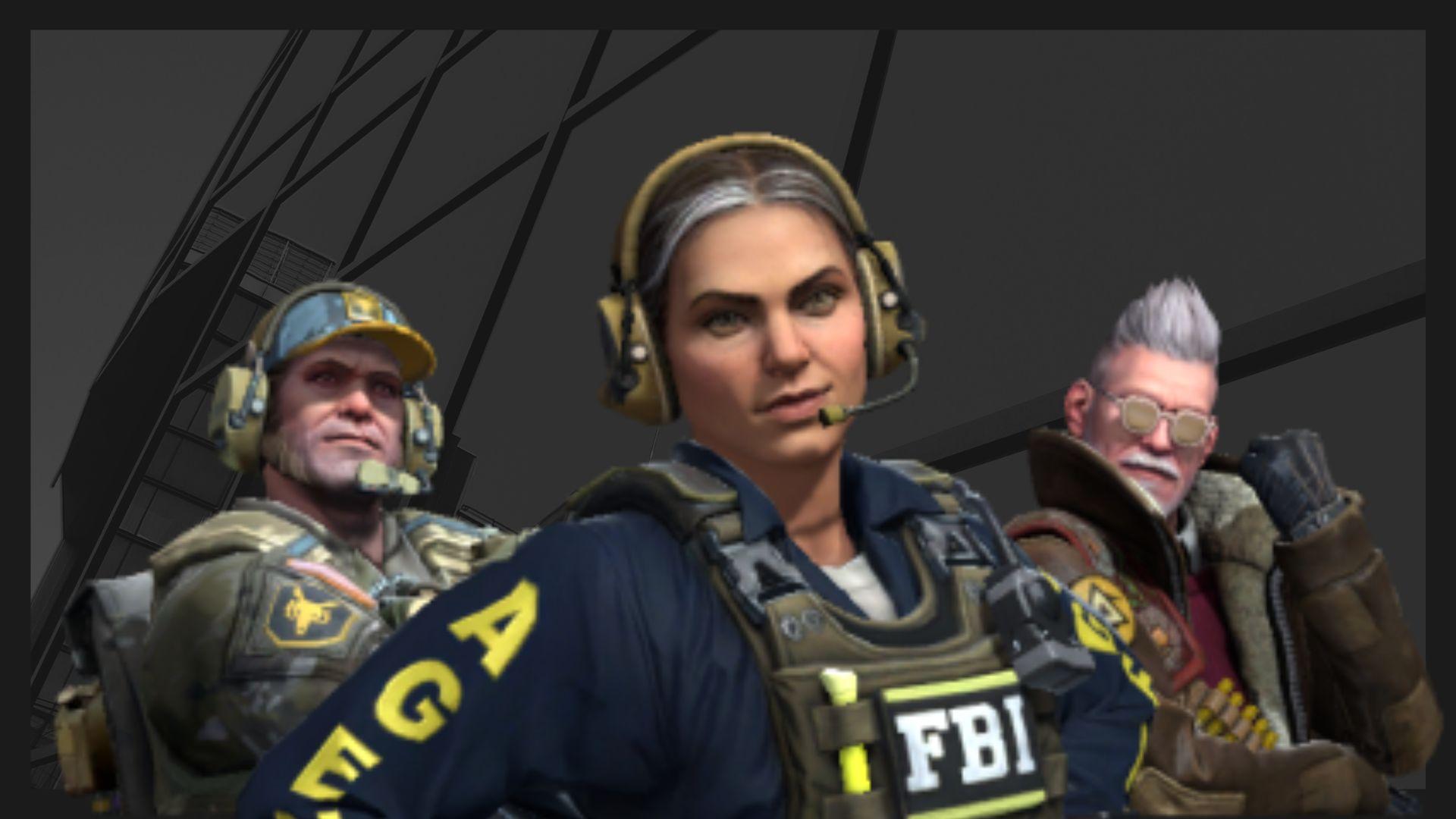
Recent CS2 ban wave punishes cheaters during live games
Valve is banning players in bulks.
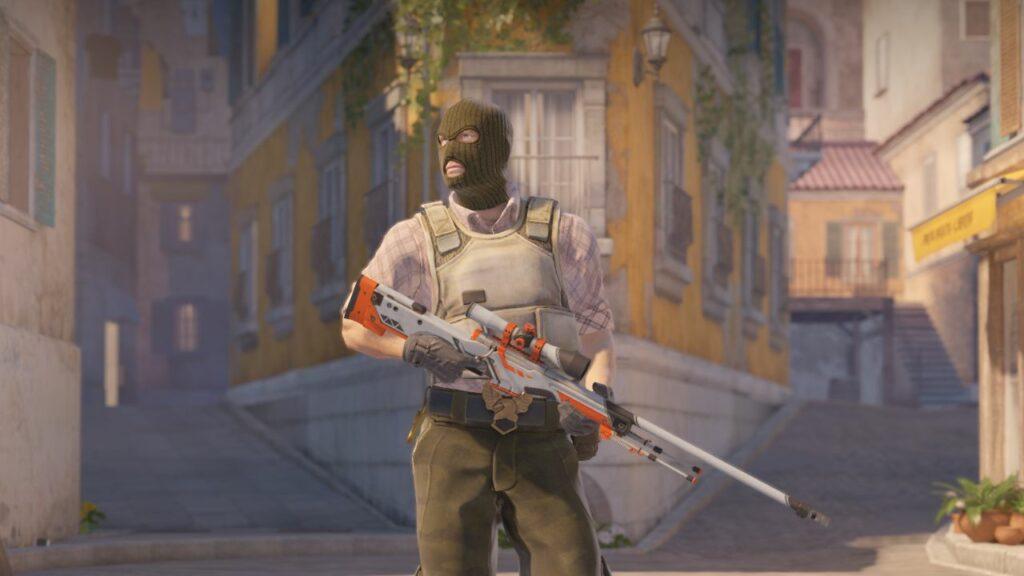
Players hopeful after Valve adds Overwatch to expose CS2 cheaters
Only “trusted” players will be Overwatch investigators.


